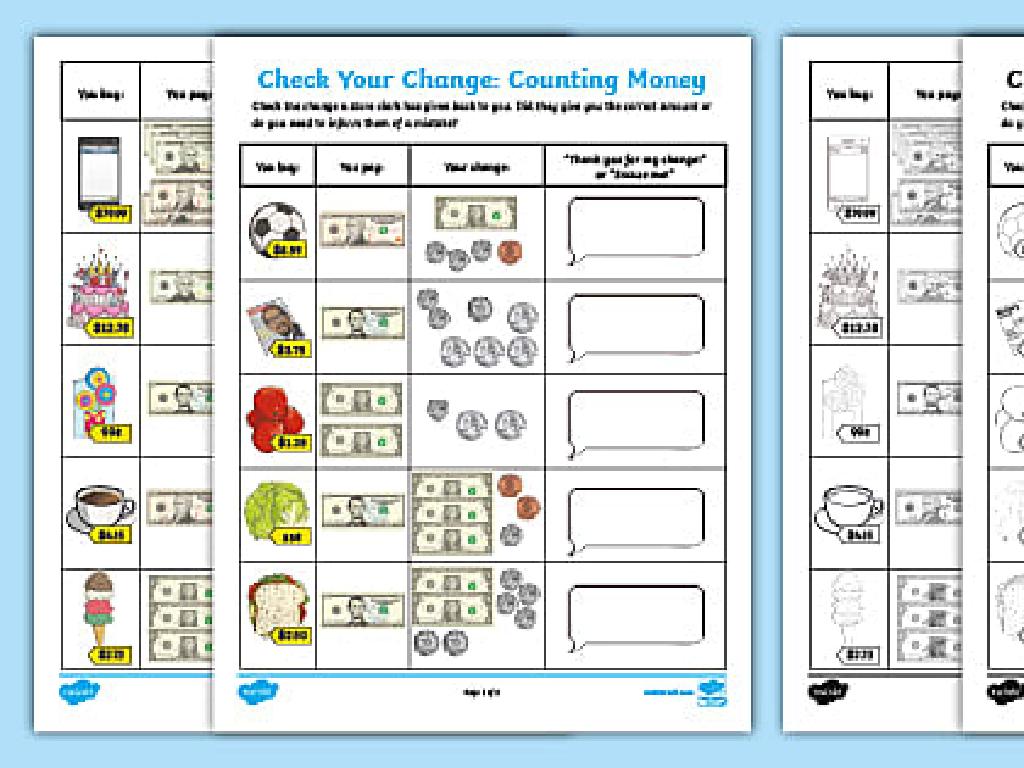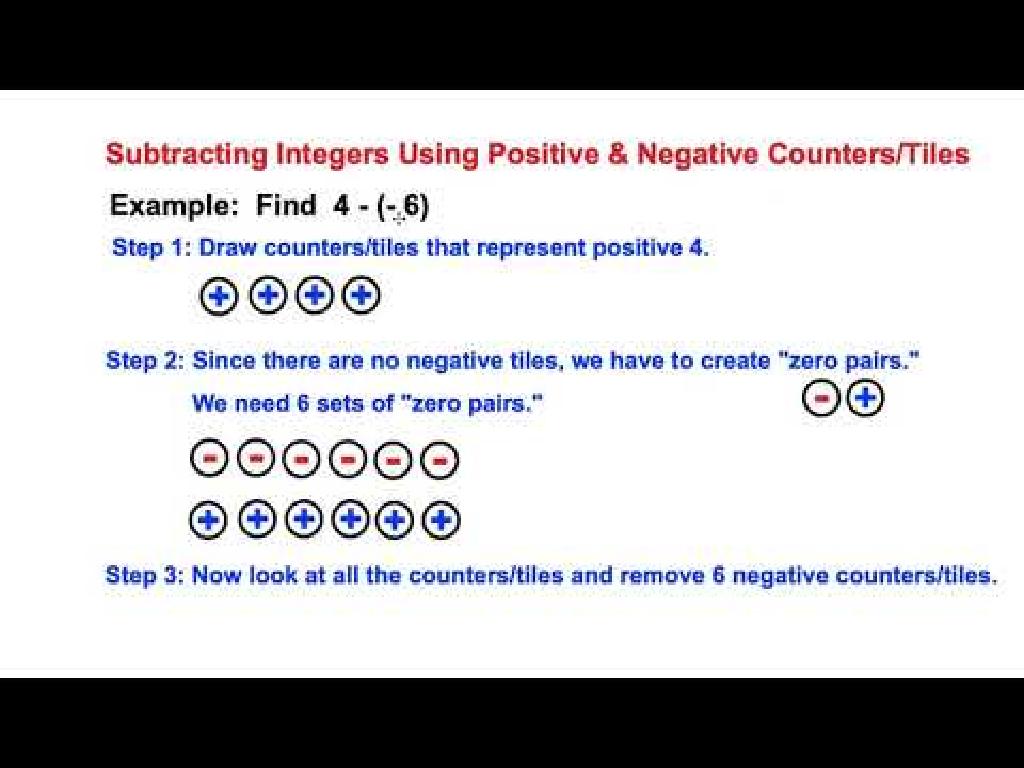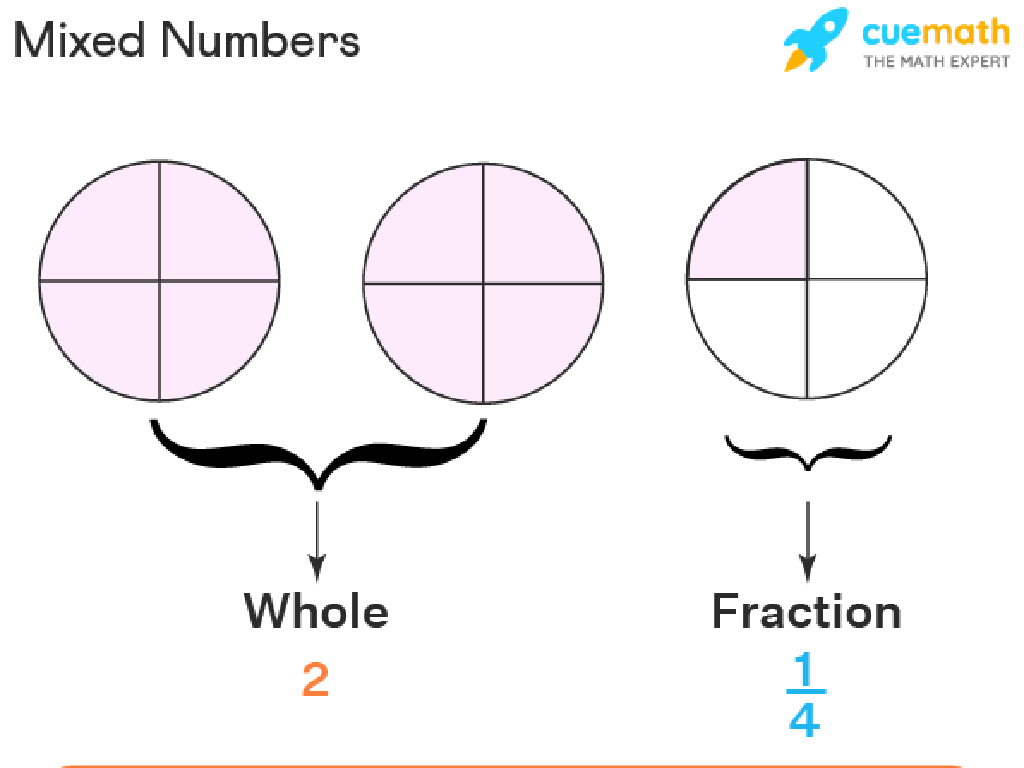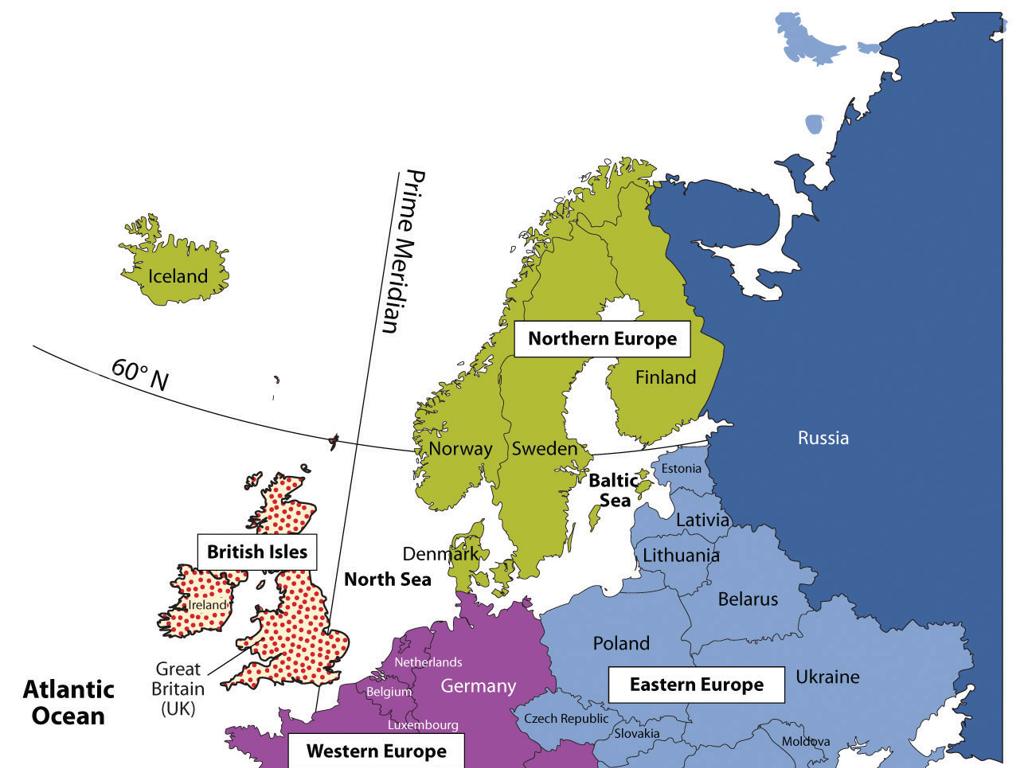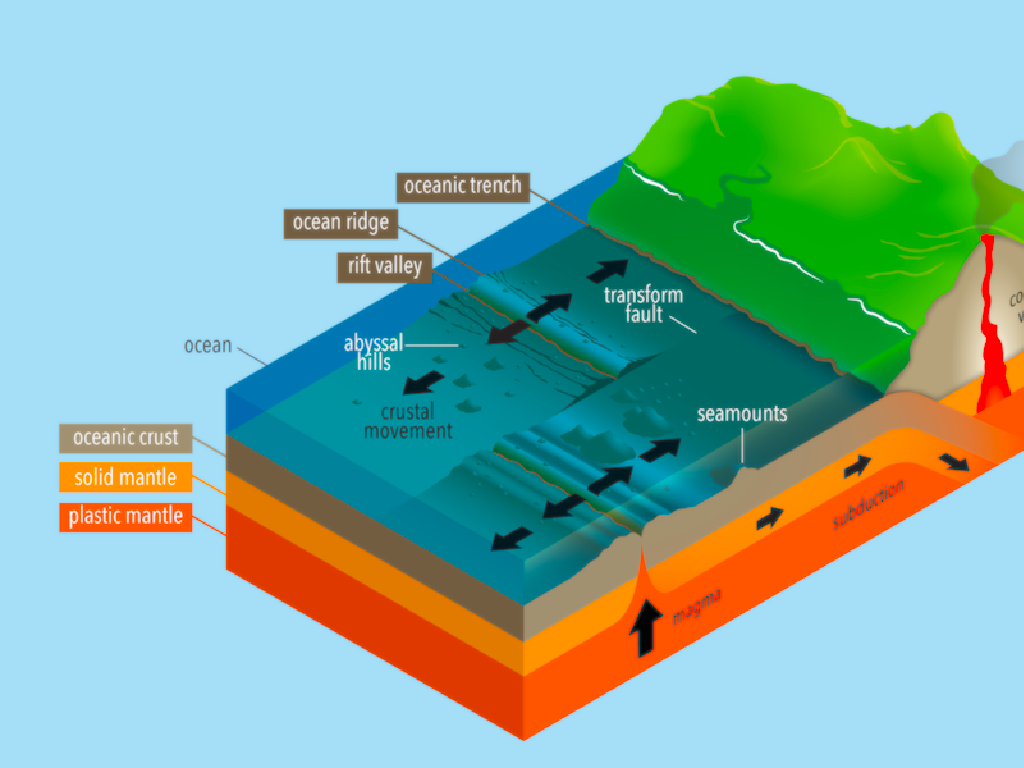Read About History
Subject: Language arts
Grade: Fourth grade
Topic: Informational Texts: Level 2
Please LOG IN to download the presentation. Access is available to registered users only.
View More Content
Exploring History Through Informational Texts
– What are Informational Texts?
– Non-fiction texts that provide facts about a topic.
– Today’s Focus: Reading About History
– We’ll learn about significant events and people from the past.
– The Value of Historical Knowledge
– Knowing history helps us understand the present and shape the future.
– How History Texts Benefit Us
– History texts teach critical thinking and connect us to our heritage.
|
This slide introduces students to the concept of informational texts with a focus on history. Informational texts are non-fiction and provide factual information on a wide range of subjects. Today, we will explore how reading about history allows us to learn about important events and figures that have shaped our world. Understanding history is crucial as it helps us comprehend current events and informs our decisions for the future. Additionally, historical texts enhance our critical thinking skills and provide a sense of identity and connection to our cultural heritage. Encourage students to think about how the past has influenced their own lives and the world around them.
Exploring Informational Texts
– What is informational text?
– Texts that inform, explain, or teach us about the world.
– Facts not fiction
– Types of informational texts
– Textbooks, biographies, and news articles are a few examples.
– Recognizing informational sources
– Look for real-world facts and data in these texts.
|
Informational texts are a key component of learning, especially in subjects like history where understanding facts and concepts is crucial. These texts are designed to educate and provide factual information, differing from fiction which is based on imaginary events or stories. Common examples include textbooks that detail historical events, biographies that tell the life stories of historical figures, and news articles that report current events. Encourage students to think about the purpose of the text they are reading and to look for evidence of factual information. This will help them distinguish between informational and fictional texts. In the next class, we can have students bring in examples of informational texts they’ve found at home or in the library.
Exploring Informational Texts
– Navigate with Table of Contents
– It’s like a map of a book, showing where chapters start.
– Headings highlight main ideas
– They tell us what we’ll learn in each section.
– Glossary for learning new words
– A mini-dictionary in the book for tough words.
– Use the Index for quick reference
– An alphabetical list to find info fast.
|
This slide introduces students to the key features of informational texts that help with understanding and navigation. The Table of Contents acts as a roadmap to the book, allowing students to find chapters easily. Headings serve as signposts to indicate the main ideas of each section, aiding in comprehension. The Glossary is a powerful tool for vocabulary building, providing definitions for new or difficult words encountered in the text. Lastly, the Index is a quick reference guide that helps students locate specific information efficiently. Encourage students to use these features actively as they read about history, and perhaps provide a hands-on activity where they use these features to find specific information in a sample text.
Exploring the Past: History Texts
– History texts as time machines
– Imagine traveling back to see events unfold
– Daily life in the past
– How did kids learn, play, and help at home?
– Learning from history
– What worked well? What didn’t? How can we improve?
– Understanding change over time
– How have homes, schools, and technology changed?
|
This slide aims to spark students’ interest in history by comparing history texts to time machines that allow us to witness the past. Encourage students to think about the daily lives of people in different historical periods, especially focusing on children like themselves. Discuss how we can learn from the achievements and errors of the past to make better decisions today. Highlight the concept of change over time by discussing the evolution of everyday things like homes, schools, and technology. Use engaging questions to prompt students to think critically about the information they read in history texts.
Reading Strategies for Exploring History
– Preview the text
– Check headings and images to guess the topic
– Ask questions
– Who? What? When? Where? Why? – think like a detective
– Summarize key points
– In your own words, what was the text about?
– Reflect on learning
|
This slide aims to equip students with effective reading strategies tailored for informational texts about history. Begin by explaining the importance of previewing the text, which includes examining headings, subheadings, and images to get an idea of what the text will be about. Emphasize the role of asking questions before and during reading to engage with the material and seek specific information. Encourage students to summarize what they’ve read in their own words, which helps with comprehension and retention. Lastly, prompt them to reflect on what they’ve learned and how it connects to what they already know or other historical events they’ve studied. These strategies will help students become more active and thoughtful readers.
Let’s Read Together: Exploring History
– Read a short history text together
– Identify features of informational texts
– Look for headings, subheadings, and captions
– Understand the historical content
– Grasp the main events and why they are important
– Prepare for a group discussion
– Think about what you found interesting or important
|
This slide is designed to engage fourth-grade students in reading and understanding informational texts through the lens of history. The activity involves reading a short historical text as a class, which will help students recognize the structure and features of informational texts, such as headings, subheadings, glossaries, and indexes. Students should focus on understanding the key historical events and their significance. After reading, students will be encouraged to participate in a group discussion to share their insights and learnings. This will not only enhance their comprehension skills but also foster critical thinking and communication. Teachers should facilitate the discussion by asking probing questions and connecting the text to the students’ prior knowledge and experiences.
Understanding Historical Texts
– Identify main historical figures
– Who played a big role in this story?
– Recognize key events described
– What major happenings are talked about?
– Determine the timeline of events
– When exactly did these things happen?
– Understand the significance of events
– Why did these events matter back then?
|
This slide aims to guide students through the process of comprehending historical texts by focusing on the main elements: people, events, time, and significance. Encourage students to look for clues in the text that highlight influential figures and to make a list of these individuals. They should also summarize the pivotal events that are discussed, placing them on a timeline to better understand the chronological order. Lastly, students should reflect on the impact of these events and why they were important in shaping history. This exercise will help students to not only remember facts but also to connect with the material on a deeper level, fostering a greater appreciation for history.
Class Activity: Time Capsule Creation
– Create our class time capsule
– Select items that represent our lives
– Think of items that show how we live, learn, and play
– Write a description for each chosen item
– Describe why each item is important and what it represents
– Envision the future discovery
– Imagine how students years from now will react
|
This activity is designed to engage students with history by creating a personal connection. The time capsule project allows students to think critically about what objects best represent their current lives and why. Encourage them to choose items that have personal and collective significance. They should write a brief description for each item, explaining its relevance. This exercise will also help them to consider the perspective of someone in the future, fostering empathy and a sense of continuity with the next generation. Provide guidance on how to select items and assist them in writing descriptions. Possible activities include drawing what they think future students will look like, writing a letter to the future, or discussing what changes they think will happen by the time the capsule is opened.

